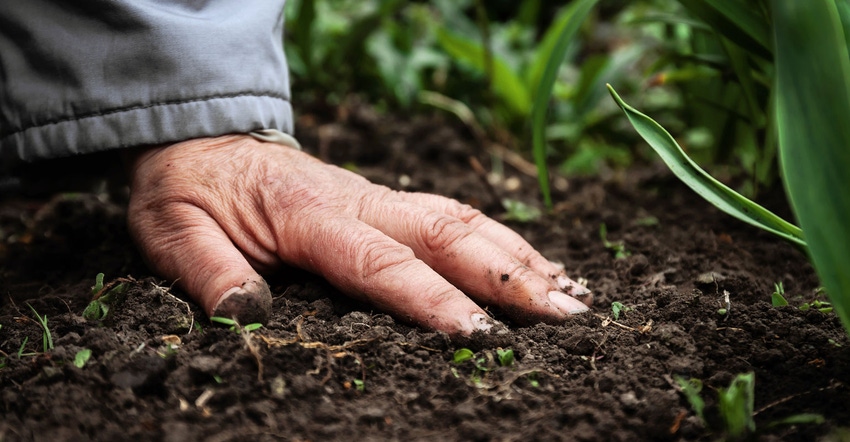October 24, 2019

Land preservation through conservation easements and other land preservation programs is a big deal in the Mid-Atlantic and Northeast.
In Maryland, more than 700,000 acres of farmland have been preserved by state and county land preservation programs. In Pennsylvania, more than 500,000 acres of farmland have been preserved by state programs.
These easements can offer farmers cash or tax benefits. At the same time, putting farmland in preservation places restrictions on the farm that the landowner should consider.
Preserving farmland is typically handled through a conservation easement. A conservation easement is a voluntary agreement between a landowner and another entity (state or county government, or land trust) that permanently limits the ability to use the land in order to preserve a conservation purpose.
The landowner usually retains the title to the property but loses the ability to develop it into residential, commercial or industrial use, and he or she must be able to continue operating the farmland subject to the easement restrictions.
A landowner can either sell or donate the conservation easement to a governmental entity, such as the Maryland Ag Land Preservation Foundation or the Pennsylvania Bureau of Farmland Preservation; or a private entity such, as the Eastern Shore Land Conservancy.
Make sure you qualify
Before approaching one of these groups, though, make sure your property meets the qualifications for it to be preserved. For example, in Pennsylvania, the property needs to be enrolled in an agricultural security area, which protects regular farming practices in Pennsylvania from nuisance lawsuits and local ordinances.
In Maryland and Pennsylvania, the property needs to meet soil productivity and size requirements, just to name a few. It is always important to check with the potential land preservation group to make sure you meet these qualifications before applying.
If the property meets the requirements, then you can apply to have the property preserved. If the property is accepted, you will be paid for the easement value. The easement value is the fair market value — what a developer might pay, minus the agricultural value — what a farmer would pay for the property.
Donating an easement
The land preservation entity might not be able to pay you the full easement value.
Consider the tax benefits of donating a portion of the easement.
On the federal level, permanent tax incentives can provide up a 50% deduction on your taxable annual income. The donation can be carried forward up to 15 years. This tax incentive only applies to those actively involved in agriculture.
There are several reasons you might want to donate a portion of your conservation easement. If you are considering this, check with a tax planner first to determine what will work for your situation.
Potential pitfalls
Preserving farmland can be done for any number of reasons.
For one thing, the property may have been in the family for generations, and the family wants to maintain the ability to keep agriculture in perpetuity.
Another reason is that it provides an infusion of cash to help with other goals, such as improving the property; it can also provide a way to equalize asset distribution between on-farm and off-farm heirs.
Once the conservation easement is in place, many landowners often run into common issues regardless of where they live.
Many landowners may not have the ability to preserve enough lots to allow their children to build a house on the property after the nonagricultural rights are sold. Without enough of these lots, not all family members will be able to live on the property.
Restrictions on the property will vary. It is essential to think about how the property is being used, or how it could be used in the future to determine if your planned uses are compatible with enrolling in a preservation program.
Land preservation is a great option for many farmers. Check with the state where your farm is to determine your options. Also, check with your tax preparer to know if you can donate a portion of the easement value.
Finally, have the easement document explained to you by an attorney, and make sure you understand the restrictions that will be on the property after it is sold.
Goeringer is an Extension legal specialist with University of Maryland.
About the Author(s)
You May Also Like






